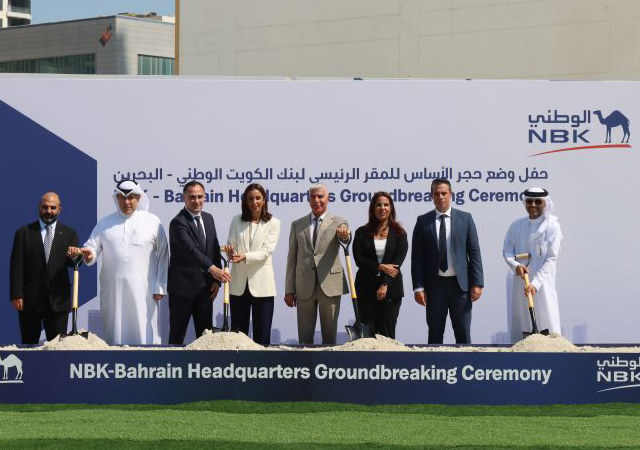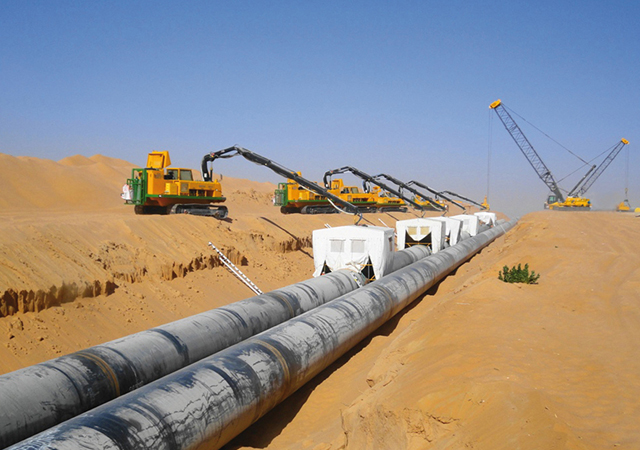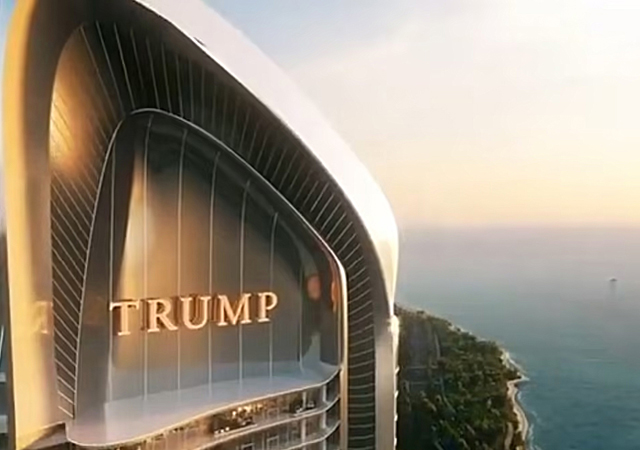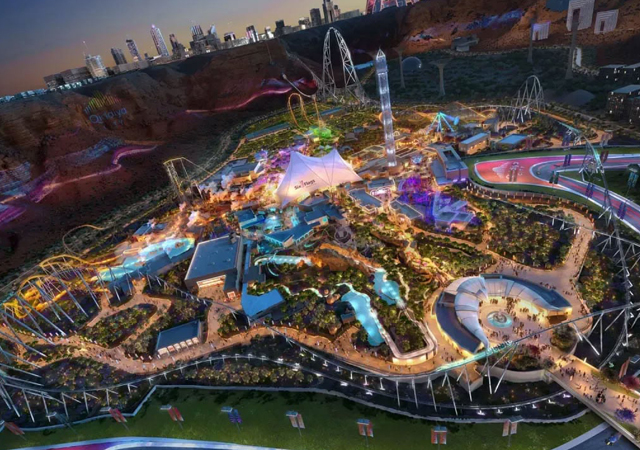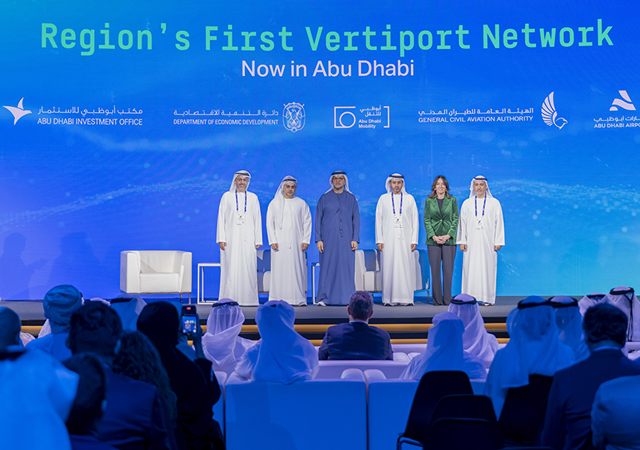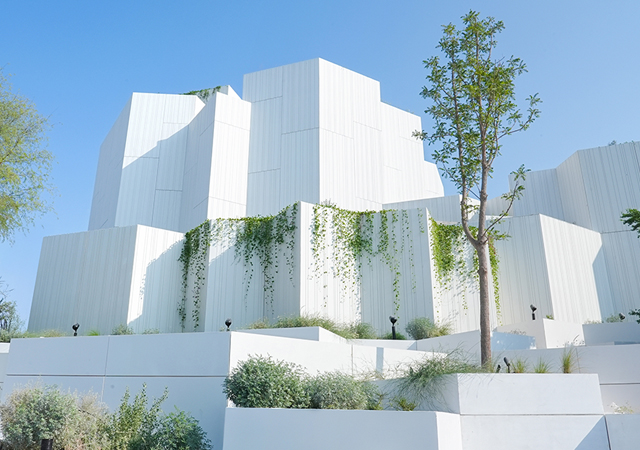Work is under way on what is considered to be among the most strategic projects in Bahrain. Phase Two of treated sewage effluent (TSE) project in Tubli is vital for the conservation of Bahrain's natural water resources, according to Ali Murad, undersecretary at the Ministry of Works and Agriculture.
Elaborating on the importance of implementing the project, he says: ''Currently, the groundwater abstraction rate in Bahrain far exceeds the groundwater recharge rate. The 'safe' ground water yield has been estimated by groundwater development consultants (GDC) to be approximately 90 million cu m per year. The present groundwater abstraction of 195 million cu m per year - 70 per cent of which is used for agriculture - is more than double the 'safe' yield.
''The primary objective of the TSE Phase Two project is to increase the production and use of treated sewage effluent for agriculture and landscaping so as to keep the rate of groundwater abstraction within safe limits.''
The estimated budget for the project is BD52.9 million ($140.3 million). The economic benefit that can be achieved in terms of groundwater conservation is estimated to be BD5.2 million per year by the year 2010, he points out.
The project, designed to service 2,200 hectares of agriculture land and landscaping development in Central Manama and on other important roads, comprises the following:
Tracing the history of the development of the plant at Tubli, he says: ''Based on recommendations made by consultants in 1984, a plant to produce 60,000 cu m of ozonated effluent per day was commissioned in Tubli. A study in 1989 proposed that in Phase Two, the capacity of the plant should be increased to 160,000 cu m per day while upgrading associated production, transmission and distribution facilities.
''In 1994, the government of Bahrain appointed an engineering consultant to study the current problems associated with Phase One, and review development proposals under Phase Two, covering production, transmission and distribution facilities.
''After receiving official approval from the government, 14 prominent consultants were invited to submit their pre-qualification documents in July 1996, of which 10 were prequalified. Ace Al Moayed Consulting Engineers, emerged as the successful bidder and was appointed as design consultant for the project in September 1997.
''Following recommendations made by the consultant's 'Needs Assessment Report' and subsequent ministerial discussions, it was decided to increase the TSE production to 200,000 cu m per day from the original of 160,000 cu m per day.''
Detailed design drawings and tender documents for the secondary treatment plant were issued to the tenderers in September 1998.
Extensive discussions were carried out with the consultants regarding the conceptual design of the tertiary and sludge treatment plants with visits to similar facilities in Europe in November 1998.
A significant hurdle was obtaining planning permits and land expropriation for reservoirs were concerned, the undersecretary points out. Therefore, a report was prepared during late September 1998, to seek immediate help from higher level authorities following which this project has been given top priority.
Murad continues: ''To promote local contracting business and in agreement with Arab Fund for Economic and Social Development (AFESD), Islamic Development Bank (IDB) and Kuwait Fund for Arab Economic Development (KFAED), the project has been divided into 14 packages, including the addition of the two landscaping irrigation packages for the CMC.
The budget of this project has increased to BD52.9 million from the original of BD30 million.
Designs have been completed for the other packages and bids will be invited shortly.







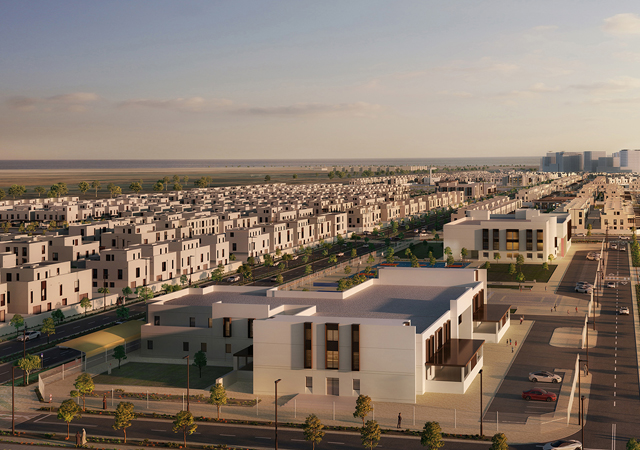

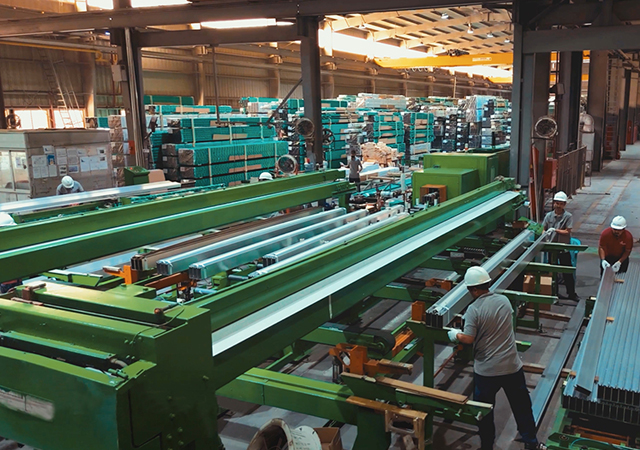



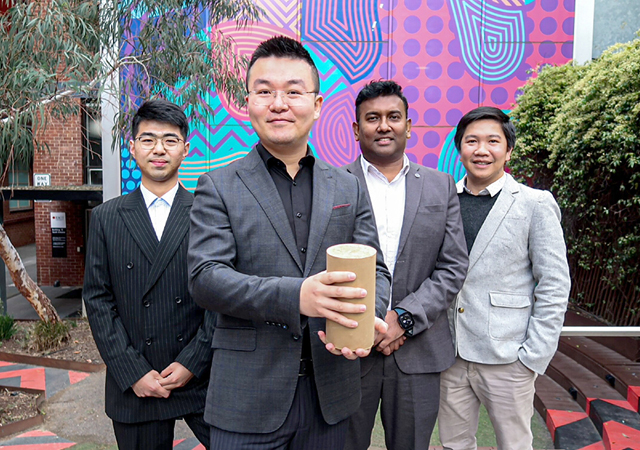



.jpg)


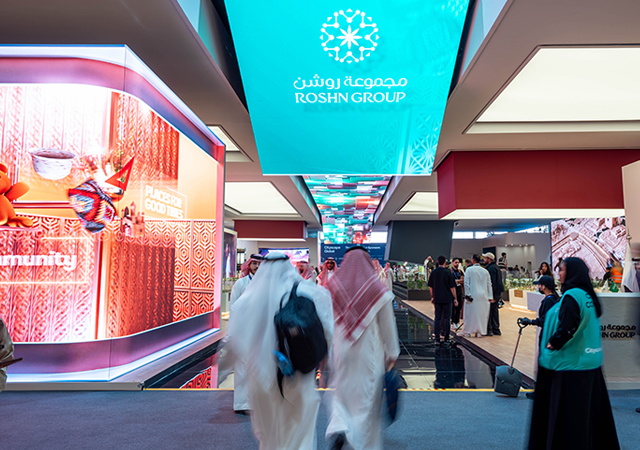








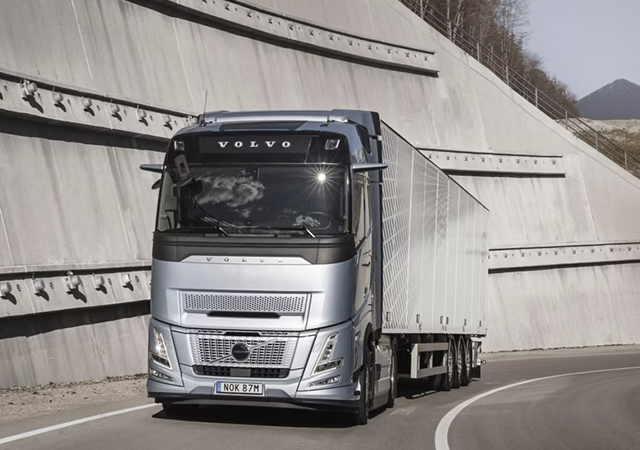

 (1).jpg)








